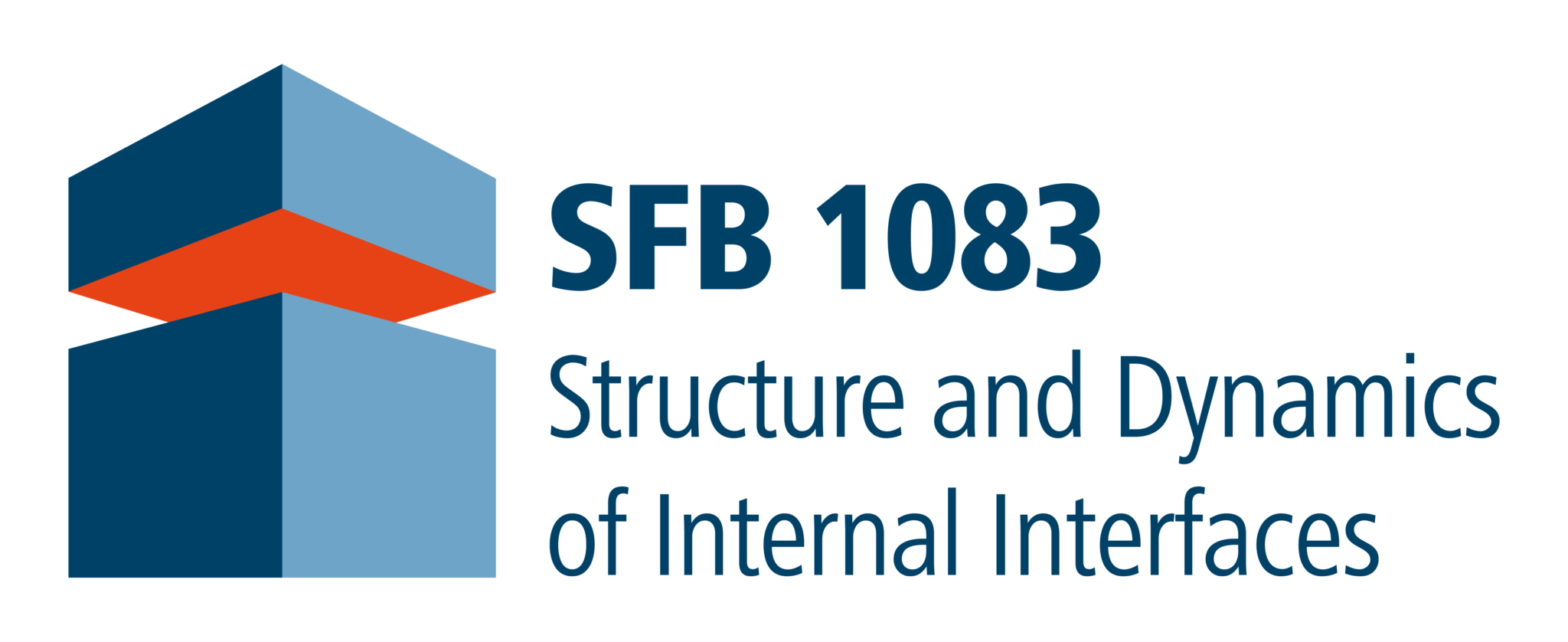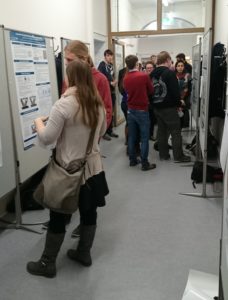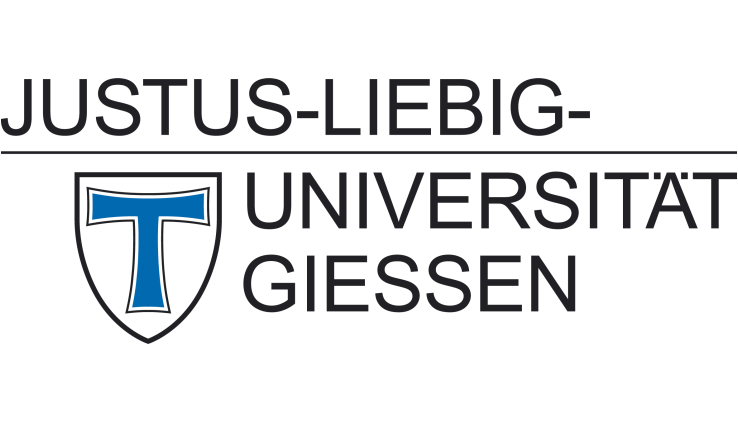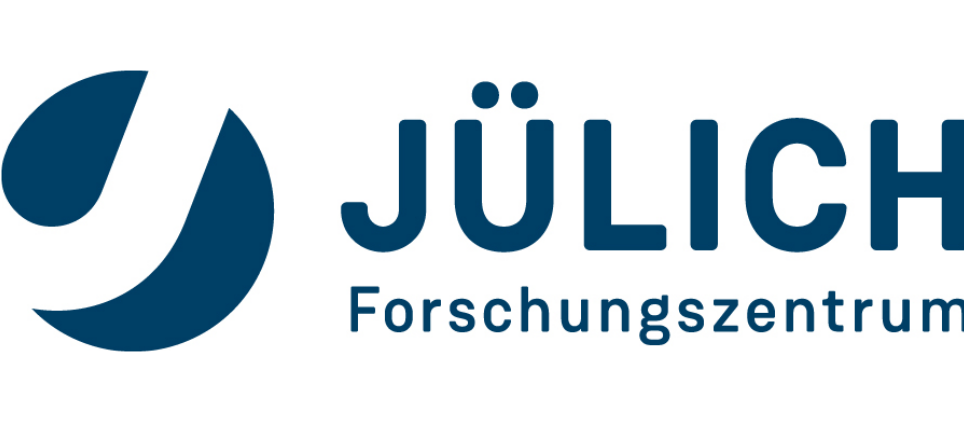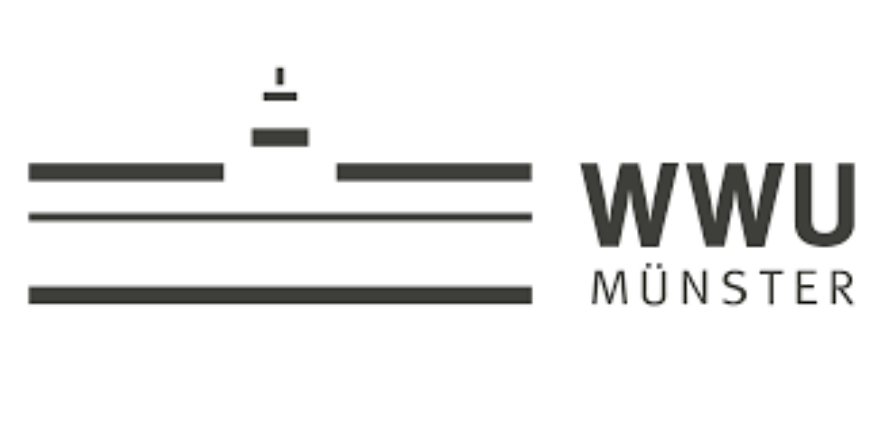Kenta Kuroda receives Young Scientist Award of the Physical Society of Japan

Kenta Kuroda receives Young Scientist Award of the Physical Society of Japan (Photo: Univ. of Tokyo).
We congratulate Dr. Kenta Kuroda, former JSPS fellow and guest scientist of project B6 (Höfer) on receiving the prestigious “Young Scientist Award” of the Physical Society of Japan for his “Research on spin-polarized surface electrons and their light control in topological insulators using photoelectron spectroscopy”.
The prize is awarded annually in recognition of an outstanding young researcher who promises to make a lasting contribution to the future of physical research in Japan. It was given to Dr. Kuroda at the Annual Meeting of the Physical Society of Japan held at the Tokyo University of Science on March 22, 2018.
In work conducted in Marburg in 2014-15 [1] and continued at the Institute for Solid State Physics of the University of Tokyo [2], he demonstrated by precise measurements of topological insulators using photoelectron spectroscopy that light is able to control the spin-polarized Dirac surface electrons. In previous research conducted as a PhD student at Hiroshima University Kuroda had already characterized the electronic structure of these special surface electrons as Dirac particles [3].
Publications
- K. Kuroda, J. Reimann, J. Güdde, and U. Höfer
Generation of Transient Photocurrents in the Topological Surface State of Sb2Te3 by Direct Optical Excitation with Midinfrared Pulses
Phys. Rev. Lett. 116, 076801 (2016). - K. Kuroda, K. Yaji, M. Nakayama, A. Harasawa, Y. Ishida, S. Watanabe, C.-T. Chen, T. Kondo, F. Komori, and S. Shin
Coherent control over three-dimensional spin polarization for the spin-orbit coupled surface state of Bi2Se3
Phys. Rev. B. 94, 165162 (2016). - K. Kuroda, M. Arita, K. Miyamoto, M. Ye, J. Jiang, A. Kimura, E. E. Krasovskii, E. V. Chulkov, H. Iwasawa, T. Okuda, K. Shimada, Y. Ueda, H. Namatame and M. Taniguchi
Hexagonally Deformed Fermi Surface of 3D topological Insulator Bi2Se3
Phys. Rev. Lett. 105, 076802 (2010).
